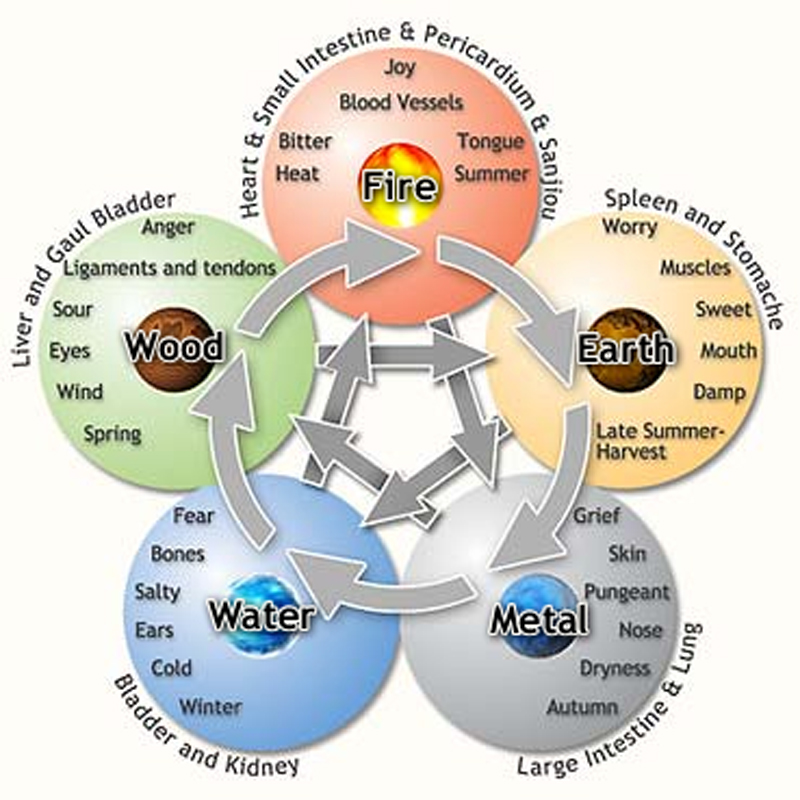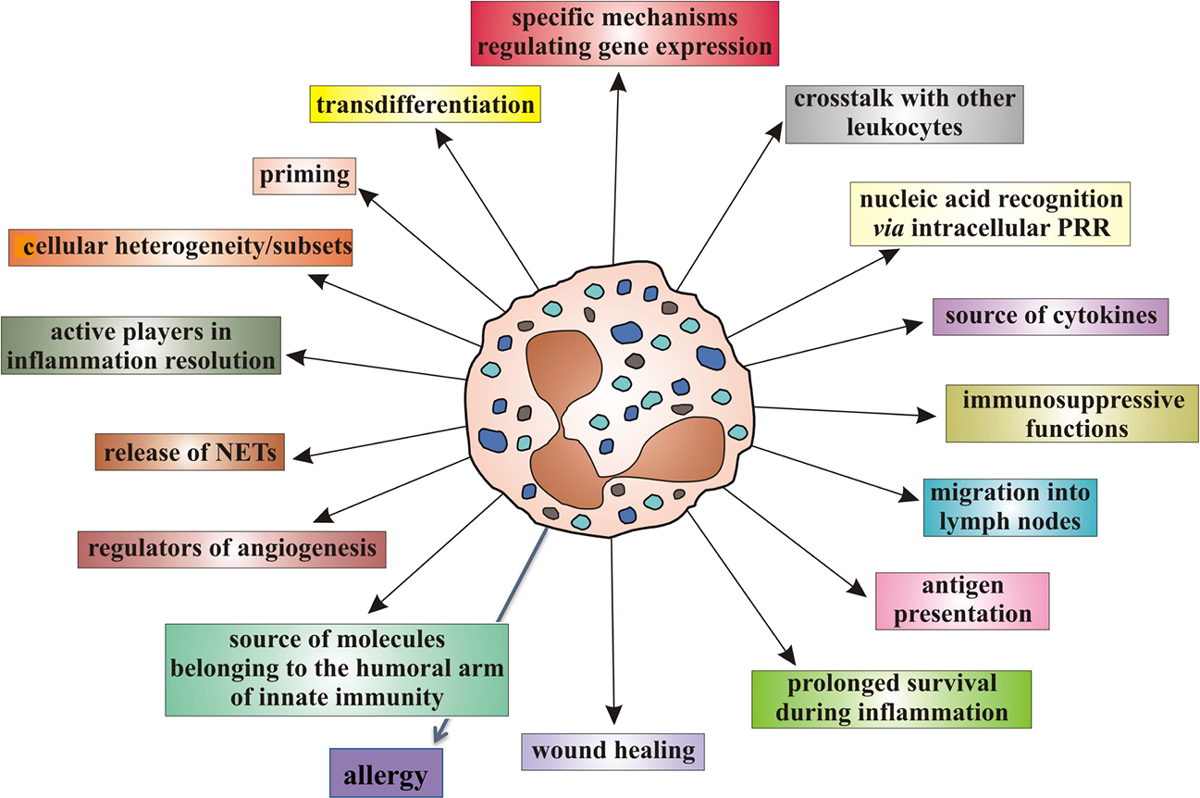Nontraditional Therapies (Traditional Chinese Veterinary Medicine and Chiropractic) in Exotic Animals
SOURCE: Vet Clin North Am Exot Anim Pract. 2018 (May); 21 (2): 511–528
Jessica A. Marziani, DVM, CVA, CVC, CCRT
CARE Veterinary Services PLLC,
PO Box 132082, Houston, TX 77219, USA
The nontraditional therapies of Traditional Chinese Veterinary Medicine and chiropractic care are adjunct treatments that can be used in conjunction with more conventional therapies to treat a variety of medical conditions. Nontraditional therapies do not need to be alternatives to Western medicine but, instead, can be used simultaneously. Exotic animal practitioners should have a basic understanding of nontraditional therapies for both client education and patient referral because they can enhance the quality of life, longevity, and positive outcomes for various cases across multiple taxa.
Keywords: Acupuncture; Alternative therapies; Chiropractic; Complementary therapies; Integrative therapies; Nontraditional therapies; Traditional Chinese Veterinary Medicine
From the FULL TEXT Article:
KEY POINTS
|
INTRODUCTION
There are more articles like this @ our:
In the broadest definition, nontraditional therapies are therapies that currently are not conventionally used in Western practice. Other terms, such as alternative, integrative, and complementary, are commonly used to categorize nontraditional therapies. However, no matter what nomenclature is used, all are considered the practice of veterinary medicine. [1]
According to the National Center for Complementary and Integrative Health, a division of the National Institute of Health (NIH), approximately 38% of adults in 2007 were using some sort of complementary therapy. [2] Those same adults may seek similar complementary therapies for their pets. Therefore, even if complementary therapies are not a core part of a veterinarian’s skill set, it is still prudent to be grounded in general knowledge, treatment options, and how and when nontraditional therapies can be used effectively.
This general working knowledge of the subject will help veterinarians better educate clients in nontraditional therapies. Without a referral from their veterinarian, clients may research nontraditional therapies on their own if they believe that the treatments will be beneficial. A recent survey of competitive horse riders and trainers showed that of the 37% of the respondents that were seeking nontraditional therapies for their horses, only 7% were doing so in collaboration with their veterinarian. [3]
Practitioners who integrate nontraditional therapies and Western medicine can take advantage of the strengths of each. This integration of methodologies can deliver overall better results than Western medicine or nontraditional therapies alone. A working knowledge of nontraditional therapies and open dialogue can also enhance the veterinarian-owner relationship.
 Table 1 |
This article is intended to expose the general practitioner to the 2 most common and sought out nontraditional therapies: Traditional Chinese Veterinary Medicine (TCVM) and chiropractic treatments. The descriptions of each are intended to provide a basic understanding of what additional therapies are available and how they can be effectively utilized. The article is not intended to train the general practitioner on how to perform these therapies. Attending a specialized training course is highly recommended. These are listed in Table 1. Alternatively, practitioners who are trained in nontraditional therapies but have not practiced on exotic animals will also find this article useful as a reference for species comparisons and differences.
Read the rest of this Full Text article now!






Leave A Comment